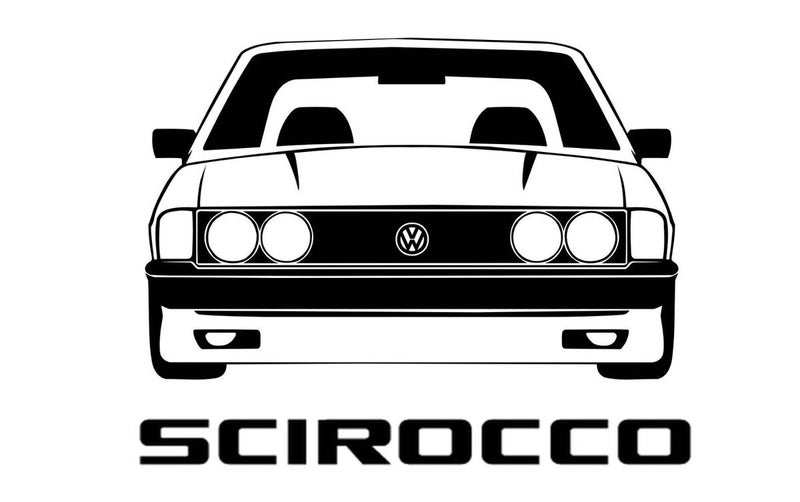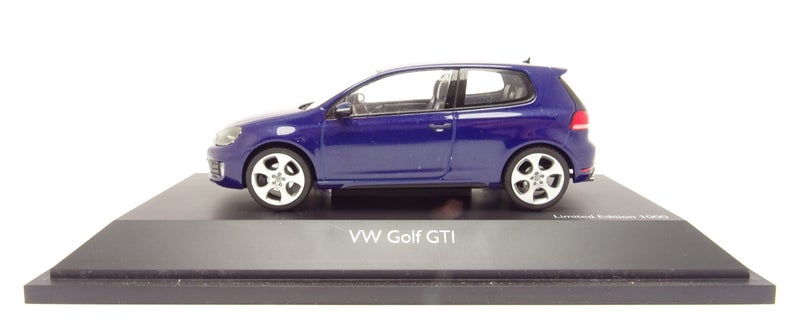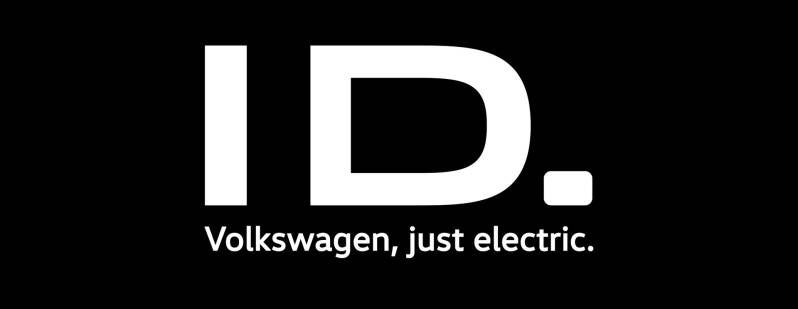

Volkswagen – from the German for people's car. Ferdinand Porsche wanted to produce a car that was affordable for the masses – the Kraft-durch-Freude-Wagen (from a Nazi social organization) later became known, in English, as the Beetle.
Volkswagen shortened to VW , is a German automaker founded on 28 May 1937 by the German Labour Front under Adolf Hitler and headquartered in Wolfsburg. The Beetle is the longest-running and most-manufactured car of a single platform ever made.


Headquarters: Wolfsburg, Germany, 1937-now


type 1

The Volkswagen Beetle—officially the Volkswagen Type 1, is a two-door, rear-engine economy car, intended for five occupants that was manufactured and marketed by German automaker Volkswagen from 1938 until 2003. The need for a people's car, its concept and its functional objectives were formulated by the leader of Nazi Germany, Adolf Hitler, who wanted a cheap, simple car to be mass-produced for his country's new road network (Reichsautobahn).
With 21.529.464 produced, the Beetle is the longest-running and most-manufactured car of a single platform ever made.


1951


1972

type 2

The Volkswagen Type 2, known officially (depending on body type) as the Transporter, Kombi or Microbus, is a forward control light commercial vehicle introduced in 1950 as VWs second car model. Following – and initially deriving from – Volkswagen's first model, the Type 1 (Beetle), it was given the factory designation Type 2.
The Transporter is the best-selling van in history with over 12 million units sold worldwide, and it comprises a gamut of variants including vans, minivans, minibuses, pick-ups and campervans.







type 14

The Volkswagen Karmann Ghia is a sports car marketed in 2+2 coupe (1955–1974) and 2+2 convertible (1957–1974) body styles by Volkswagen. Internally designated the Type 14, the Karmann Ghia combined the chassis and mechanicals of the Type 1 (Beetle) with styling by Italy's Carrozzeria Ghia and hand-built bodywork by German coachbuilding house Karmann.

set of karmann ghia coupe and cabriolet Volkswagen Karmann Ghia (youtube.com)



passat

The Volkswagen Passat is a nameplate of large family cars (D-segment) manufactured and marketed by the German automobile manufacturer Volkswagen since 1973. It has been marketed variously as the Dasher, Santana, Quantum, Magotan, Corsar and Carat, with varying body styles such as saloon, estate, and hatchback.
Volkswagen ended the production of the saloon Passat for the European market in 2022. The B9 Passat, released in 2023, is only available in an estate body style. The Passat continues to be available as a saloon in China.





set of passat sedan & variant Volkswagen Passat B6 Set







sirocco

The Volkswagen Scirocco is a three-door, front-engine, front-wheel-drive, sport compact hatchback manufactured and marketed by Volkswagen in two generations from 1974 to 1992 and a third generation from 2008 until 2017. Production ended without a successor.
The Scirocco derives its name from the Mediterranean wind.







golf

The Volkswagen Golf is a compact car/small family car manufactured since 1974, marketed worldwide across eight generations, in various body configurations and under various nameplates – including as the Volkswagen Rabbit in the United States and Canada (Mk1 and Mk5), and as the Volkswagen Caribe in Mexico (Mk1).
The original Golf Mk1 was a front-engined, front-wheel drive replacement for the air-cooled, rear-engined, rear-wheel drive Volkswagen Beetle. Historically, the Golf is Volkswagen's best-selling model and is among the world's top three best-selling models, with more than thirty million built as of June 2013. Initially, most Golfs were 3-door hatchbacks but later on the cars have filled many market segments, from being a basic, everyday car, to a high-performance hot hatchback.

In June 1976 the Golf GTI Mk1, priced at 13,850 German marks, was launched in Germany before going on to enjoy global success. The initial plan was to manufacture 5,000 units of this special product line to at least recoup the cost of development and the investment in production equipment. However, things turned out rather differently as neither Konrad, Hablitzel nor Schmücker had anticipated the level of popularity of this Golf GTI with a top speed of 182 km/h and black wheel arch extensions, a black frame around the rear window, red edge around the radiator grille, tartan sports seats, the golf ball gear knob and a sports steering wheel with a special design feature. The 5,000 units of the Golf GTI Mk1 eventually ended up as 461,690 units – and the ultimate crowning glory of the product line was the Pirelli-GTI, a special edition generating 112 PS. This marked the first chapter in what remains the world’s most successful compact sports car.










polo

The Volkswagen Polo is a supermini car (B-segment) produced by the German car manufacturer Volkswagen since 1975. It is sold in Europe and other markets worldwide in hatchback, saloon, and estate variants throughout its production run.
The first Polo was effectively a rebadged version of the Audi 50 hatchback launched in August 1974.




touareg

The Volkswagen Touareg is a two-row mid-size luxury crossover SUV produced since 2002 at the Volkswagen Bratislava Plant. The vehicle was named after the nomadic Tuareg people, inhabitants of the Saharan interior in North Africa. As of its first generation, the Touareg was developed together with the Porsche Cayenne and the Audi Q7, and as of October 2020, the Touareg was developed together with the Audi Q8, the Bentley Bentayga and the Lamborghini Urus. The initial generation (2002–2010) offered five-, six-, eight-, ten- and twelve-cylinder engine choices.





The Volkswagen ID. series is a family of battery electric cars from Volkswagen (VW), built on the MEB platform (German: Modularer E-Antriebs-Baukasten; English: modular electric-drive toolkit) that is developed by the Volkswagen Group for a range of electric cars manufactured by its subsidiaries. Most of its production vehicles were adapted from several concept car models. The ID. series is the first series of electric cars from VW that are purpose built from the ground up to be electric vehicles. According to Volkswagen, ID. stands for "intelligent design, identity and visionary technologies".




1937-1939

1939-1945

1945-1948

1948-1960

1960-1967

1967-1978






1978-1989
1989-1995
1995-2000
2000-2012
2012-2020
2019-now











































Create Your Own Website With JouwWeb